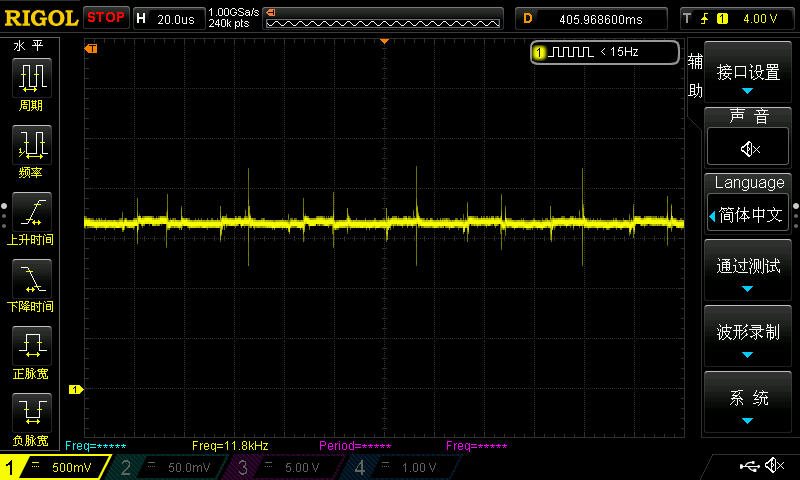Hello Chris,
we got a problem with an answer you provided me some time ago.
In this thread you confirmed the overall current consumption to be the Is_A value
https://e2e.ti.com/support/microcontrollers/c2000/f/902/t/344125
Perhaps it was a misunderstanding but the Is_A value is simply not representing the real overall current consumption, as you are stating yourself in this thread:
https://e2e.ti.com/support/microcontrollers/c2000/f/902/t/423108
Unfortunately neither the calculation provided in this thread is giving us proper results.
So the question arises, is it possible to calculate the overall current consumption? If so could you please provide us with a working formula?
Regards,
Patrick



